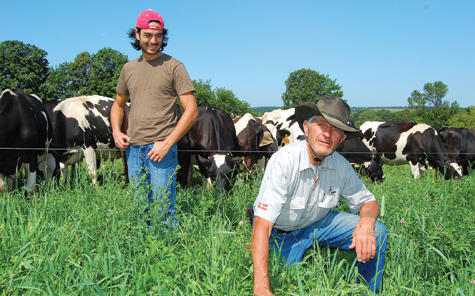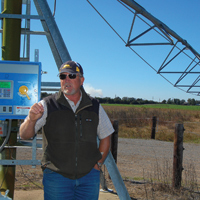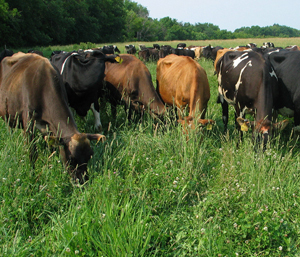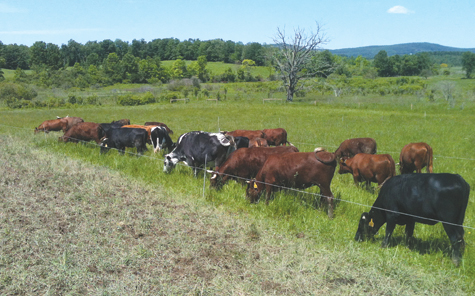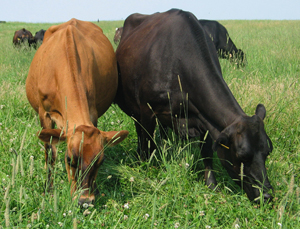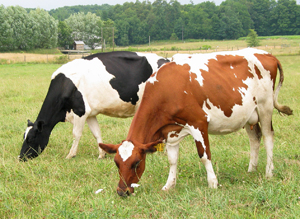David just thinks A2 and no-grain are the most ‘ethical’ ways to make milk
Random Lake, Wisconsin – The future of alternative dairy might well be on display on a small organic farm operated by a maverick 70-year old with a graduate degree in crop chemicals.
David Heidel feeds no grain to his dairy animals and breeds his herd for A2 milk and receives not a cent in milk check premiums for these efforts. And David isn’t optimistic he’ll see such money in his remaining farming lifetime, what with his cooperative (CROPP/Organic Valley) unlikely to extend its Grassmilk no-grain procurement to this part of Wisconsin, and commercial A2 milk markets yet to be launched in the U.S. Continue reading “Premiums welcomed, but not required”

